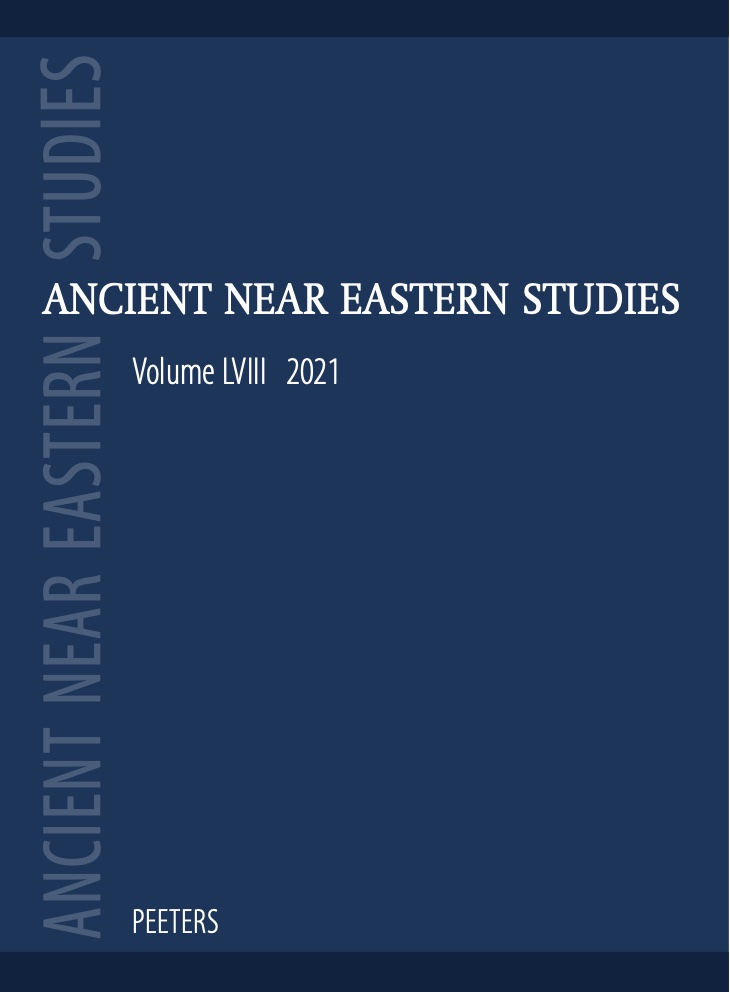 previous article in this issue previous article in this issue | next article in this issue  |

Preview first page |
Document Details : Title: The Discourse Particle 'ammā in the Qur'ān Author(s): DROR, Yehudit Journal: Ancient Near Eastern Studies Volume: 55 Date: 2018 Pages: 51-75 DOI: 10.2143/ANES.55.0.3284683 Abstract : In traditional Arabic linguistic thought, four functions of the particle ’ammā are mentioned: first, a conditional particle or a particle semantically denoting condition; second, ḥarfu btidā’ 'particle indicating the start of a new speech'; third, ḥarfu tafṣīl 'particle indicating elaboration' and fourth, ḥarfu tawkīd 'particle denoting emphasis'. The Western research literature classifies ’ammā – fa as a topicalisation structure, where ’ammā establishes a specific component as a topic placed in a front position in the clause. This article shows that ’ammā mostly serves as a discourse particle, contributing to the coherence of the text by establishing various logical-semantical relations between the parts of the discourse unit. Only in one case is no relation indicated, and ’ammā marks a shift in topic. The first of this article’s three sections provides definitions of the classical Arab grammarians and Western scholars for the particle ʼammā. The second section defines the term discourse particle and shows how these particles are approached in cohesive-based study. The third part offers an analysis of representative Qurʼānic examples in which ’ammā is introduced. |
|


